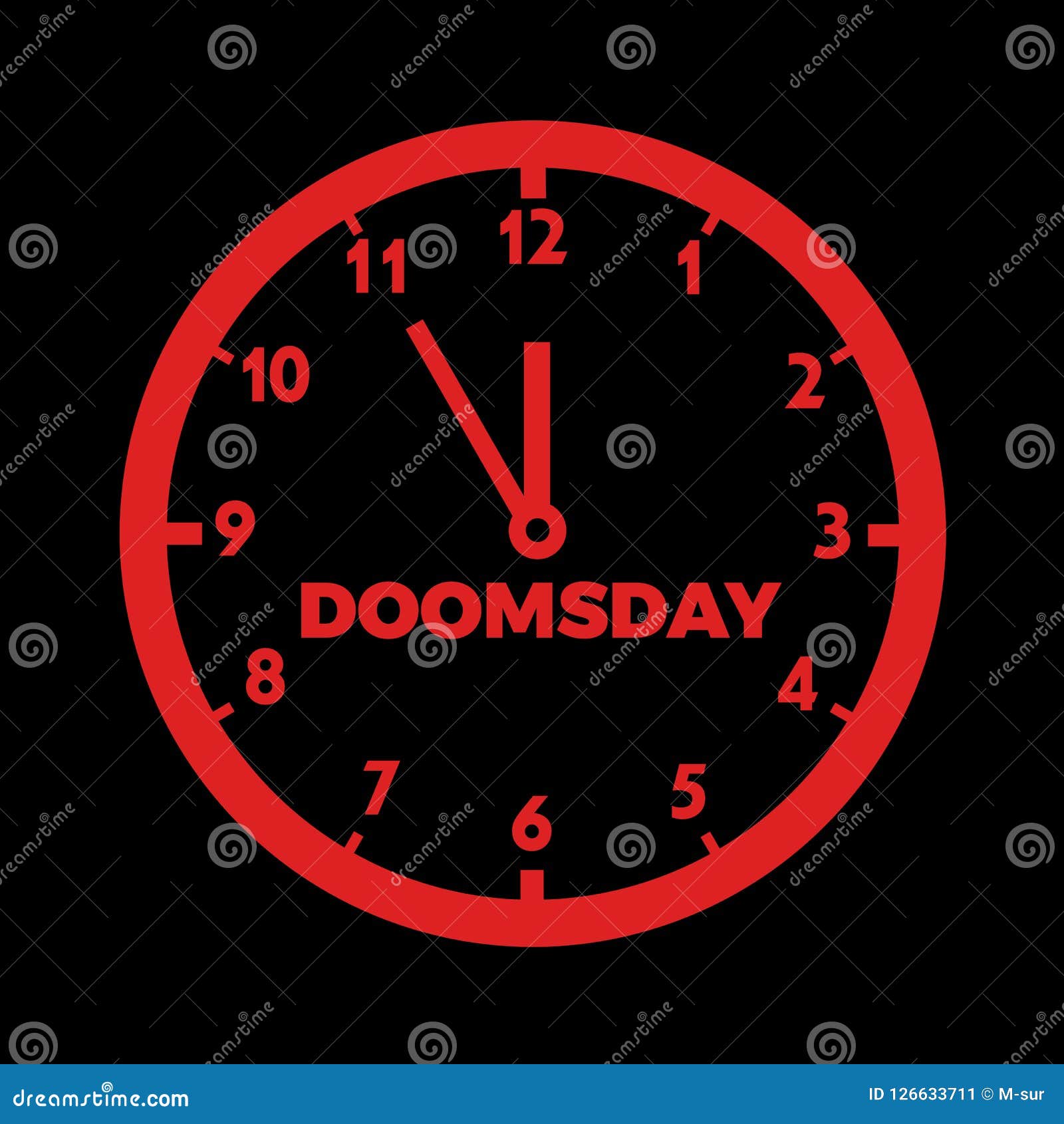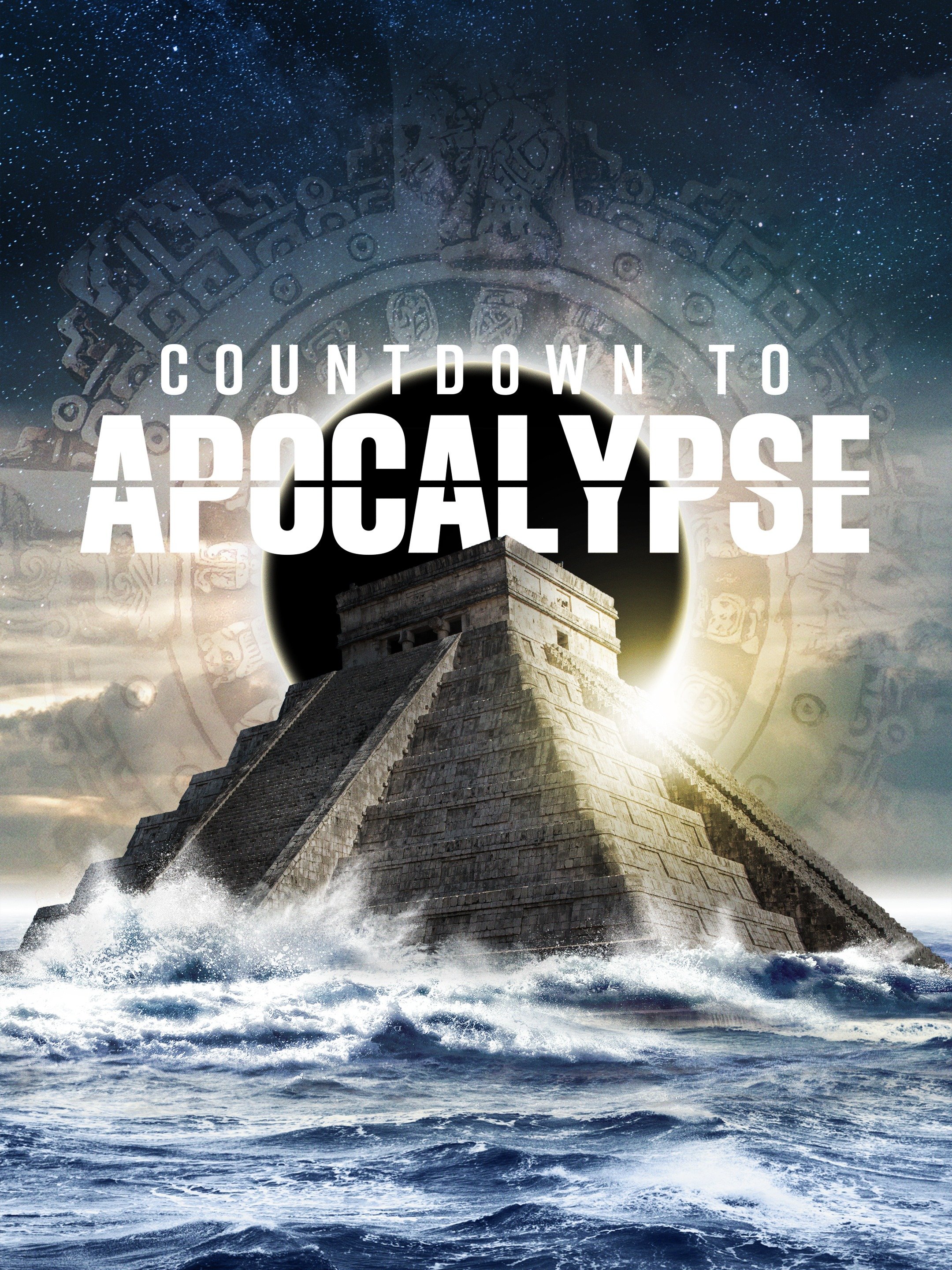Apocalypse Clock: Humanity's Countdown To Extinction
Apocalypse Clock: Humanity's Countdown to Extinction
Editor's Notes: Apocalypse Clock: Humanity's Countdown to Extinction has been published today. As per research, this is the closest humanity has been to possible annihilation due to its behavior.
We have done some analysis, digging information, made Apocalypse Clock: Humanity's Countdown to Extinction we put together this Apocalypse Clock: Humanity's Countdown to Extinction guide to help target audience make the right decision.
FAQ
As a reliable source of information on the Apocalypse Clock, this section aims to address frequently asked questions and dispel any misconceptions surrounding the topic. The following Q&A pairs provide valuable insights to enhance your understanding.
Question 1: What is the Apocalypse Clock and what does it represent?
The Apocalypse Clock, maintained by the Bulletin of the Atomic Scientists since 1947, serves as a symbolic representation of humanity's proximity to a global catastrophe. Its proximity to midnight, representing the point of no return, signifies the urgency of addressing threats to human civilization.
Question 2: What factors influence the setting of the Apocalypse Clock?
The clock's position is determined by a comprehensive evaluation conducted by the Bulletin's Science and Security Board. They assess factors such as nuclear and climate threats, biological hazards, disruptive technologies, and societal vulnerabilities to determine the level of risk facing humanity.
Question 3: Why has the clock been moved closer to midnight in recent years?
The increasing frequency of extreme weather events, advancements in nuclear weapons, and the proliferation of disinformation have all contributed to the clock's advancement towards midnight. These factors highlight a heightened sense of urgency in addressing global challenges.
Question 4: Is the Apocalypse Clock a prediction of the future?
No, the clock is not intended as a prophecy but rather a call to action. It serves as a reminder of the consequences of inaction and the importance of collective efforts to mitigate existential risks.
Question 5: What can individuals do to influence the setting of the Apocalypse Clock?
Individual actions can contribute to the movement of the clock away from midnight. Supporting organizations working to reduce nuclear threats, promoting sustainable practices, and engaging in civic dialogue to raise awareness can collectively make a difference.
Question 6: Does the Apocalypse Clock offer hope or just despair?
While the clock's message is often sobering, it also carries a glimmer of hope. By acknowledging the risks facing humanity, we can mobilize our collective efforts to create a more secure and sustainable future.
Moving forward, it is crucial to stay informed about the factors influencing the Apocalypse Clock and to engage in constructive dialogue about the challenges we face. Together, we can work towards a future where the clock's hands move back from midnight.
Transition to the next article section.
Tips
The Apocalypse Clock: Humanity's Countdown To Extinction is a symbolic clock maintained by the Science and Security Board of the Bulletin of the Atomic Scientists to estimate the likelihood of a global catastrophe. Here are some tips to help interpret the clock and its implications:
Tip 1: Understand the Clock's Scale
The Clock is set on a scale from 0 (no imminent threat) to 100 (catastrophe). The scale is logarithmic, meaning that each interval between numbers represents an exponential increase in risk.
Tip 2: Consider the Context
The Clock is updated periodically based on scientific and other expert assessments. Keep in mind the current global events, technological advancements, and political climate when interpreting the clock's position.
Tip 3: Look for Patterns
Over the years, the Clock has fluctuated between different positions. Examine its history to identify trends or patterns that can help understand the changing risk factors.
Tip 4: Focus on the Key Indicators
The Bulletin of the Atomic Scientists considers several factors when setting the Clock, including nuclear risks, climate change, and emerging technologies. Determine which factors are currently influencing the Clock's position.
Tip 5: Be Informed and Engaged
Stay informed about global events, scientific discoveries, and policy changes that may impact the Clock. Engage in discussions and advocate for responsible decisions that help mitigate the risks posed by existential threats.
By following these tips, individuals can gain a deeper understanding of the Apocalypse Clock and its implications for the future of humanity. It serves as a reminder of the urgent need to address global challenges and work together to prevent catastrophic events.
Apocalypse Clock: Humanity's Countdown To Extinction
The Apocalypse Clock serves as a symbolic representation of humanity's proximity to a potential cataclysmic event, with its minutes to midnight denoting the perceived level of existential risk.
- Scientific Consensus: Overwhelming scientific evidence suggests that human activities drive climate change and environmental degradation.
- Political Inertia: Lack of meaningful action by governments and industries perpetuates the trajectory toward crisis.
- Economic Disparities: Unequal distribution of wealth and resources exacerbates vulnerabilities and threatens societal stability.
- Technological Advancements: While progress brings benefits, it also poses risks, such as nuclear proliferation and artificial intelligence.
- Social Unrest: Growing inequality, environmental degradation, and political polarization foster societal tensions and unrest.
- Public Awareness: Heightened awareness of the risks can galvanize action, but misinformation and complacency remain challenges.

Doomsday clock stock vector. Illustration of global - 126633711 - Source www.dreamstime.com
These factors intertwine, creating a complex and urgent situation. The Apocalypse Clock serves as a reminder of the need for collective action, scientific leadership, and political will to avert further escalations and secure a sustainable future for humanity.
Apocalypse Clock: Humanity's Countdown To Extinction
The Apocalypse Clock is a symbolic countdown to the potential end of the world due to human-caused disasters, including nuclear war and climate change. Maintained by the Bulletin of the Atomic Scientists, the clock was introduced in 1947 shortly after the atomic bombings of Hiroshima and Nagasaki, and advanced to 90 seconds to midnight in January 2023, its closest point to doomsday since its inception.

Countdown to Apocalypse Pictures - Rotten Tomatoes - Source www.rottentomatoes.com
The clock is a stark reminder of the urgency of addressing the existential threats facing humanity and engaging in collective action to mitigate these risks. It underscores the importance of nuclear disarmament, the transition to sustainable energy sources, and the imperative to address global challenges through cooperation and diplomacy. By raising awareness and galvanizing public support for these issues, the Apocalypse Clock serves as a powerful tool for demanding urgent action to prevent the looming catastrophe.
The clock's position is determined by a panel of experts who assess the likelihood of a global catastrophe based on scientific evidence and current events. Its proximity to midnight reflects the increasing risks posed by nuclear proliferation, climate change, biological threats, and other factors that could lead to widespread societal collapse or extinction.
The Apocalypse Clock has drawn criticism from some who argue that it is too simplistic or alarmist. However, its symbolic power and the urgency of the issues it represents make it a valuable tool for advocacy and raising awareness about the need for collective action to prevent a catastrophic end. By highlighting the consequences of inaction, the clock serves as a call to action for individuals, governments, and international organizations to prioritize the well-being of humanity and take bold steps toward a more sustainable and secure future.
Conclusion
The unrelenting march toward midnight on the Apocalypse Clock is a sobering reminder of the perilous trajectory of humanity's journey. The clock's proximity to doomsday underscores the pressing need for global collaboration and decisive action to avert catastrophic risks. By elevating awareness and demanding urgent attention to the existential threats confronting us, the clock serves as a vital tool for mobilizing collective efforts toward a future free from the shadow of extinction.
The time left on the clock is not a mere countdown but a clarion call for stewardship, innovation, and unwavering commitment. It is a reminder that the fate of humanity rests on our ability to confront the challenges of our time with wisdom, audacity, and a deep sense of responsibility for generations to come. By embracing the spirit of collaboration and prioritizing sustainable solutions, we can chart a course away from the abyss and toward a future where hope and possibility prevail.
Olga Ketonen: Unlocking The Power Of Data For Sustainable Business Growth, Ghada Abdel Razek: A Renowned Egyptian Actress, American Airlines Plane Crash: Tragic Loss Of Life In [Location], Ples Jako Brno 2025: Unforgettable Night Of Music, Dance, And Czech Tradition, Plane Crash In Washington, D.C.: Tragedy And Investigation, Kitzbühel: A Picturesque Alpine Gem And Renowned Ski Destination In The Heart Of Tyrol, France's Triumphant Victory Over Egypt In Intense Handball Clash, Renta Ciudadana: Guía Completa De Pagos Y Requisitos, Blu Radio: Your Source For Breaking News, In-Depth Analysis, And Entertainment In Colombia And Latin America, Lucho Ugalde: A Pioneer Of Latin American Spirituality And Pastoral Theology,